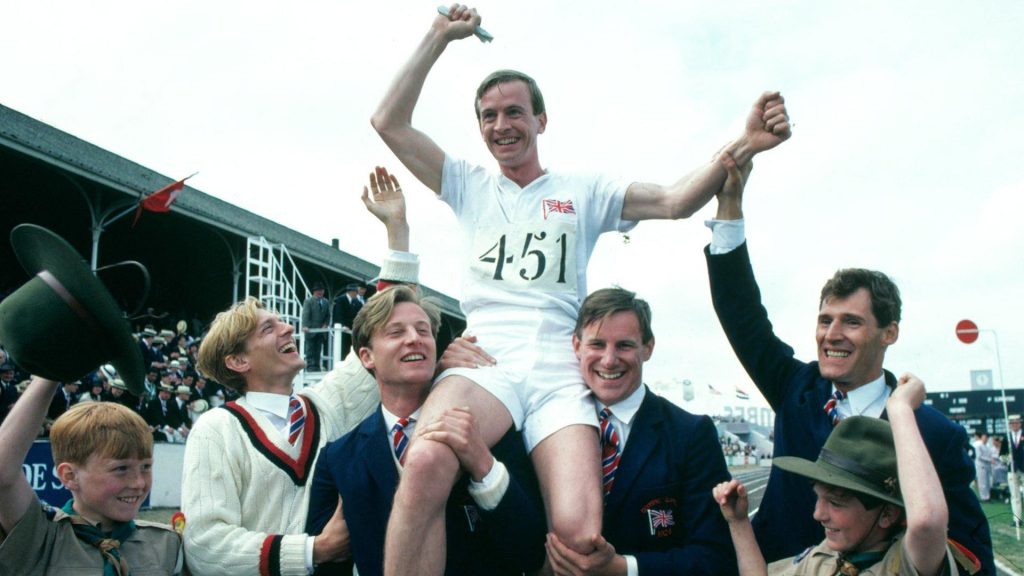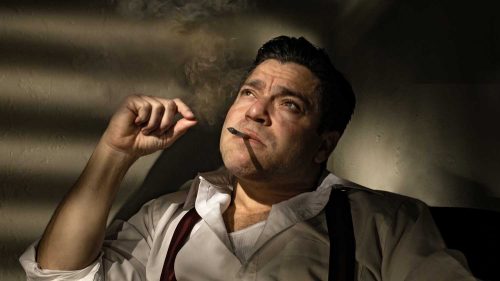
Modern sports were born in the latter part of the nineteenth century as rules were codified and the bourgeoisie displayed interest in leisurely activities up to that time the purview of the nobility alone. There are two dates that are important in the history of the interaction of sports and cinema. In December 1895, the Lumière Brothers filmed L’arrivée d’un train en gare de La Ciotat. In April 1896, the first modern Olympics commenced in Athens. Very close to one another, aren’t they? Cinema and sports will grow together and enjoy mutual understanding.
Sport movies grew to become a primary vehicle for the diffusion of American values: team sports glorified team spirit and shared goals, individual sports highlighted the values of redemption and determination. This phenomenon was strictly American, it didn’t take place in the same form anywhere else. Going by memory, the only film that can rival American productions was the British Chariots of Fire.
It all started with baseball, at the time the most popular sport in the USA. In the 1950s, boxing was all the rage, with films conveying the values of individual redemption from a difficult childhood. Further on, there have been movies on basketball, surfing, football, track.
There is another aspect, though, that is a bit darker: sports can also be the image of politics, and of the political interest of involving younger generations. Cinema has been a willing accomplice, and has been an ideal tool of propaganda and ad-hoc emoting. Take Olympia by Leni Riefenstahl, a film on the 1936 Berlin Olympics and a manifesto of glaring, wicked beauty on the pairing of cinema and sports when both are dominated by the political hysterics. On my part, I want to focus on what’s good: the gluggy, plentiful, sugary, beloved American sport films.
Featured image: Chariots of Fire, Hugh Hudson, 1981

Hartford, Connecticut, 1964. Willie Pep is a former featherweight champion, but today, all he has is financial and familial ruin. Saddled with debt, married to a much younger woman whose acting aspirations are incompatible with marriage, and a drug abuser son who is the source...
In those times, baseball was the most popular sport in America (it is third, now, after football and basketball), which explains why Hollywood’s first vision of sports were all about it.
The canon of values that would permeate all further boxing movies from that moment on (from Raging Bull to Rocky) are set with that 1949 film. In boxing, and sports in general, nobody escapes their fate. Those who try will inevitably fail, like Kirk Douglas in Champion. Boxing is the agonizing, torturous struggle to get back on top. Rocky Graziano (Paul Newman) is arguably the unrivalled film model of sportsman in film.
Basketball will enter the world of cinema a full thirty years after boxing. Its nature of team sport makes it more challenging to represent the correct values, but when this happens, we can watch amazing movies on the ability to make dreams come true if you only believe in yourself.
American football is a subgenre of its own as far as sports movies go. By looking at the speech that coach (Al Pacino) delivers to the boys before the final, decisive match, football is the transposition of war in the pitch.
The skateboard was born in the 1970s – an update to the surfboard, with added wheels – and much like surfing, it quickly develops its own values and iconography, made of music bands, clothing, and slang.
Ted Lasso is an American football coach that is hired to coach an English soccer football team. He knows nothing about soccer, but his distinctive American optimism and motivation-building techniques are all it takes. The show is quite enjoyable, and is an interesting exercise on the cultural differences between Europe and America – and how to work through them.